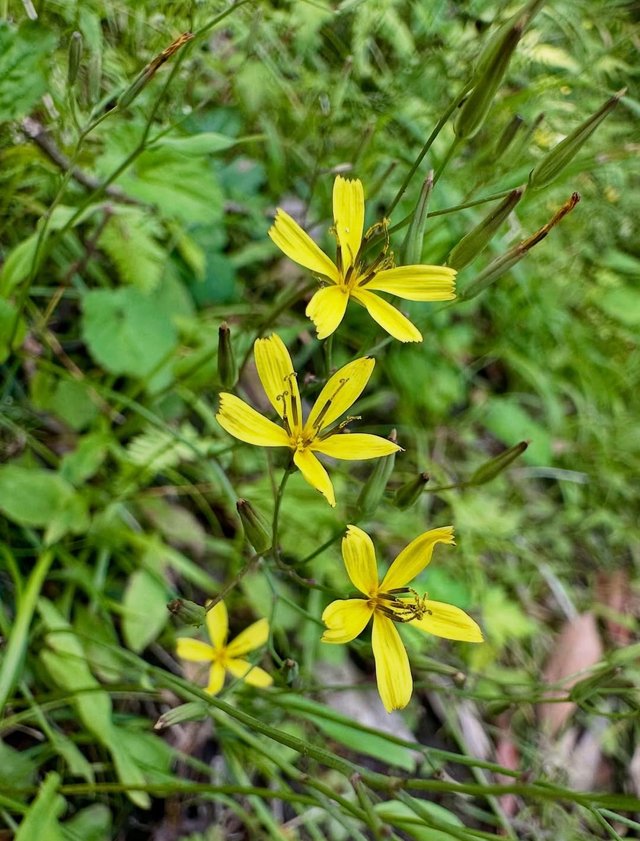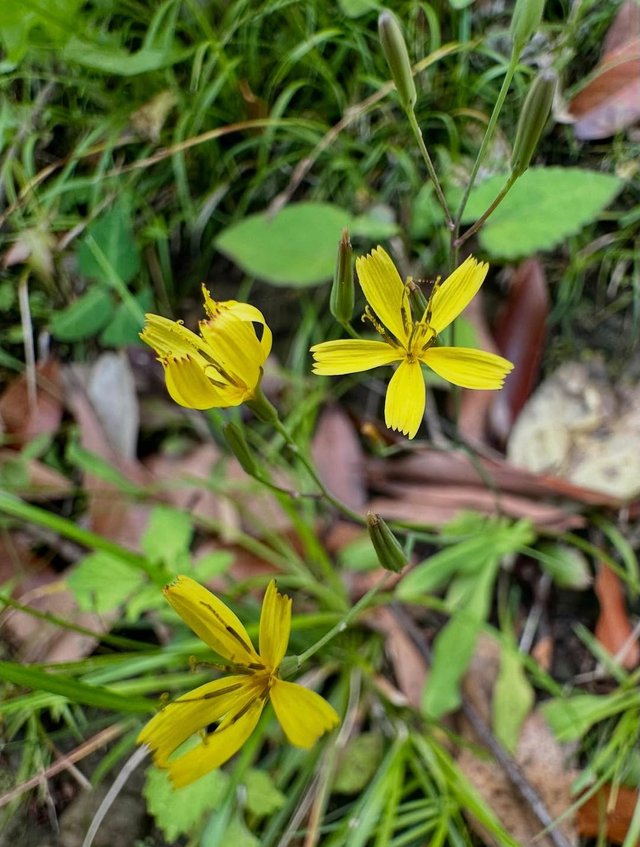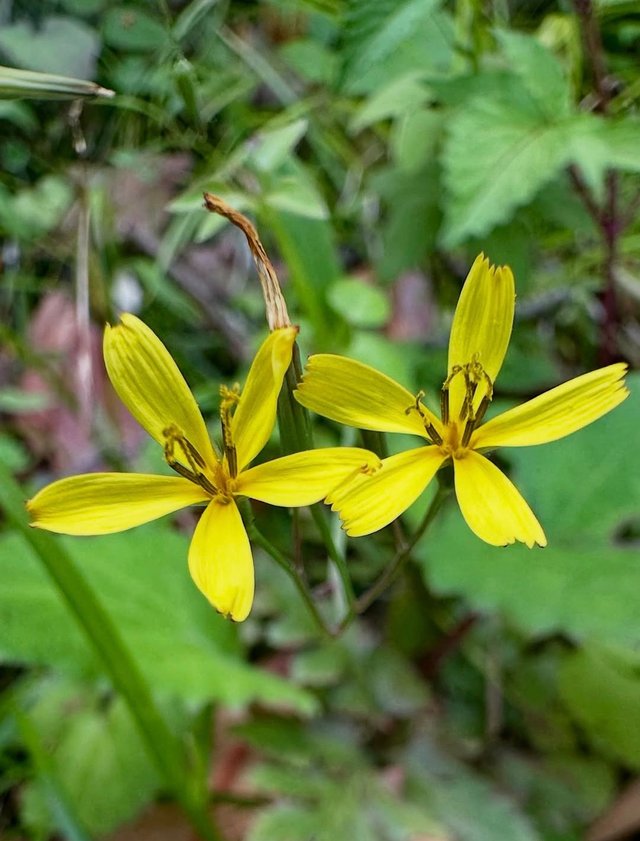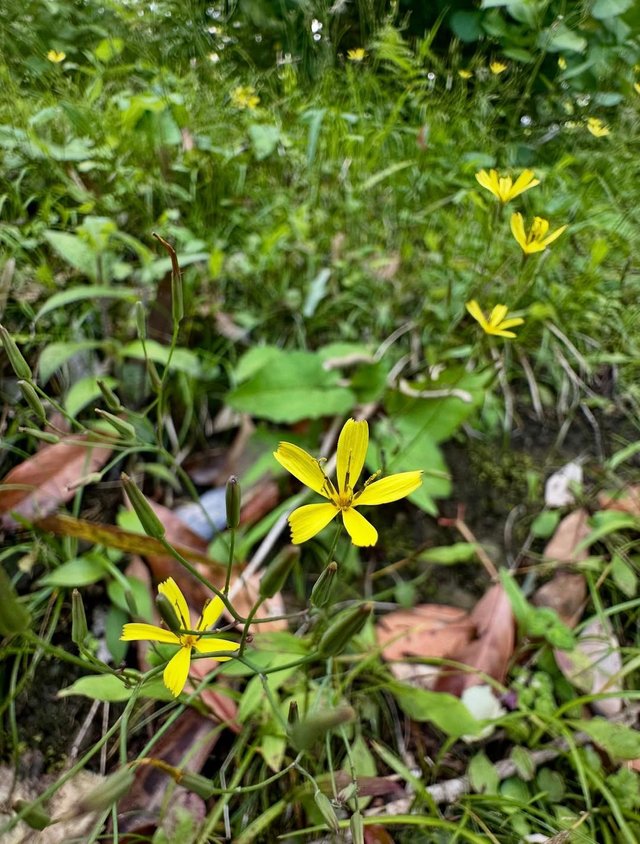Beauty of the Mycelis Flower
In the diverse and often flamboyant world of flowering plants, where brilliant colors and striking forms vie for attention, there exists a quiet, understated elegance in the Mycelis genus—a plant that may not clamor for the spotlight, but leaves a lasting impression on those who notice it. Delicate, unassuming, and ecologically significant, the Mycelis flower is a fascinating example of the hidden marvels of the plant kingdom.
Mycelis is a small genus of flowering plants in the family Asteraceae, the same botanical family that includes daisies, sunflowers, and dandelions. The most well-known species in this genus is Mycelis muralis, commonly known as wall lettuce. Native to Europe and parts of western Asia, this plant has also spread to North America and other regions, where it often grows in disturbed or shaded habitats.Mycelis muralis is a biennial or short-lived perennial herb that reaches a height of about 30–100 cm. Its common name, wall lettuce, comes from its frequent appearance in crevices of old stone walls, woodland edges, and other shady, rocky places.
The plant's leaves are deeply lobed and lettuce-like—hence the name—but it is the flowers that truly deserve attention.Mycelis muralis prefers shady, moist environments, often colonizing the edges of forests, urban walls, and even abandoned lots. It thrives in disturbed soils, making it something of a pioneer species in human-altered landscapes.From an ecological perspective, Mycelis flowers are attractive to pollinators, particularly bees and hoverflies. Though not a dominant nectar source, their early-summer bloom offers a useful resource during seasonal transitions.




